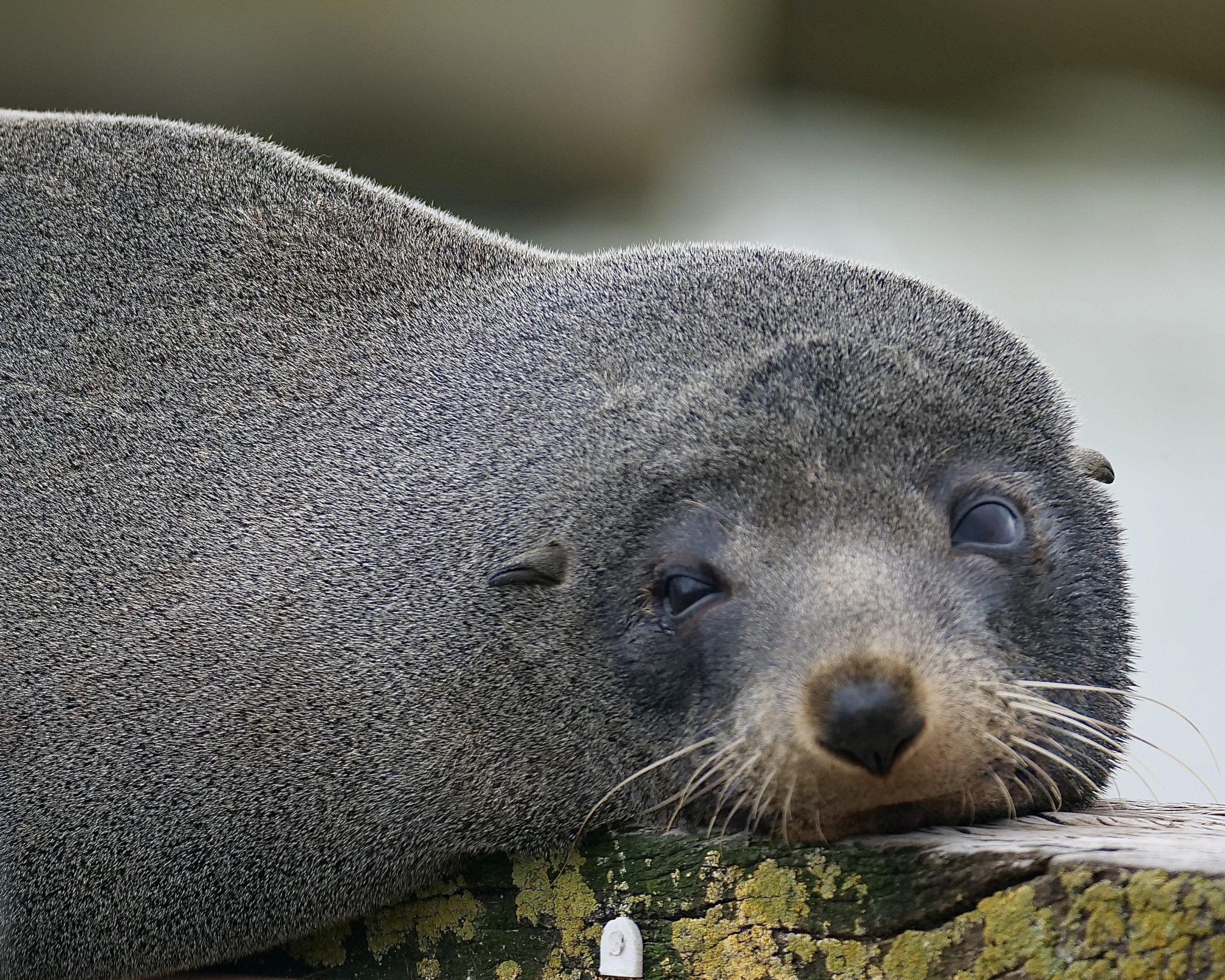Over the last 15 years seals have become an increasingly common/obvious presence in the Coorong-proper and on/around the Goolwa Barrage.
This has delighted some people, but infuriated/worried some others.
Some of the infuriated/worried people perceive the seals as “intruders”, as “fish thieves”, as “out of control”, “a threat to fish and bird populations”.
So, who are these seals, are they “newcomers”, and are they a threat to “the natural balance”?
The Goolwa Barrage’s “drowsy gatekeeper”, pictured above, was photographed as “our” boat made its way through the lock on 30 March 2022.
We were on our way back to Goolwa, after several hours spent on the waters of the Coorong, plus a couple of walks on the Younghusband Peninsula.
The peninsula separates/shields the Coorong’s long, narrow lagoon (which stretches for circa 140 kilometres) from the Southern Ocean.
In “Whitefella history”, seals are “newcomers” to the Coorong’s lagoon; apparently, they first “appeared” in 2007.
At least in more or less its present form, the Coorong is a very “young” part of Australia’s oft-ancient landscape.
It is, however, still at least several times older than is Christianity.
For at least several thousands of years before Whitefellas reached Australia, this now “sparsely populated”, “remote”, “wild” place was one of the Australian continent’s most densely human-populated places.
In the less than 200 years since South Australia’s colonisation the Coorong has been much-modified/degraded.
Ironically, after the human “newcomers” managed to inflict so much damage upon it, the Coorong’s future health is now hugely dependent on more enlightened “management”/intervention by humans.
In its natural state the Coorong was already a very dynamic environment; long before “the whitefellers messed it up”, the Coorong’s “health” would have been subject to a great many fluctuations.
(more crucially, the newcomer-humans “messed up” the Murray-Darling river system. The Murray’s “end” is also the Coorong’s “beginning”)
The seals’ 2007 “arrival” in the Coorong may or may not have been really “new”; perhaps, seals recently returned to the Coorong.
The seals in question were once commonly known as “New Zealand” fur seals.
Arctocephalus forster Is not in fact an immigrant; Long-nosed fur seals (as they are now known) are native to south-eastern Australia.
In the 19th century they were hunted almost to extinction, but their numbers have since recovered.
South Australia is home to more than 80 percent of their Australian population; they traverse much of southern Australia’s shoreline, but do almost all of their breeding on Eyre Peninsula and Kangaroo Island.
The “new” seals in the Coorong (and adjacent waters) are non-breeding juveniles and young adults.
There is no credible evidence that they pose any great threat to the Coorong’s wildlife…although they doubtless do annoy some recreational fishers.
Discover more here.
An imminent post will feature the Murray’s not-so-big mouth.
Another will feature the northern part of Coorong National Park, which begins on the southern side of the Murray mouth.
